Difference of them
-
Part 1 . Raw material different composition
-
Part 2. Firing temperatures different in each steps
-
Part 3. Production cost different
-
Part 4. Each material suitable to production different things
-
Part 1 . Raw material different composition
Pottery basic composition
- Pottery composition can vary based on the type of pottery being created, the specific clay used, and the desired characteristics of the final product. However, I can provide a general overview of the common components in pottery:
- Clay: Clay is the fundamental material in pottery. It is composed of finely-grained minerals and can be sourced from various locations. Different types of clay exhibit unique properties, such as plasticity and firing temperature. Common types include earthenware clay, stoneware clay, and porcelain clay.
- Silica: Silica, often in the form of sand or quartz, is added to pottery clay to improve its strength and firing properties. Silica contributes to the vitrification process, where the clay turns into a glass-like substance during firing.
- Feldspar: Feldspar is a group of minerals rich in alumina and silica. It is added to pottery clay to lower the firing temperature and enhance vitrification. Feldspar also contributes to the overall strength and durability of the finished pottery.
- Ball Clay: Ball clay is a type of clay known for its high plasticity. It is commonly added to pottery clay to improve workability and prevent cracking during drying and firing.
- Grog or Grit (optional): Grog refers to crushed fired clay or other materials like sand. Adding grog can reduce shrinkage and cracking during drying and firing, providing additional structural support.
- Coloring Agents (optional): Various metal oxides or minerals may be added to achieve specific colors in the pottery. Iron oxide, for example, can impart earthy tones.
- Other Additives (optional): Depending on the desired characteristics, additional materials like talc or pyrophyllite might be included to stabilize the clay body or modify other properties.
- The specific proportions of these components depend on factors such as the type of pottery being created, the desired appearance, and the techniques used by the potter. After the pottery is shaped, it undergoes a firing process in a kiln, during which it is subjected to high temperatures to transform the clay into a durable and often decorative ceramic material.
Earthenware basic composition
- Earthenware is a type of pottery that is fired at relatively low temperatures, resulting in a porous and more easily breakable ceramic. The composition of earthenware includes several key components:
- Clay: Earthenware is typically made from low-fire clay. This type of clay is abundant and less refined compared to clays used in higher-fired ceramics like stoneware or porcelain. It provides the plasticity needed for shaping the pottery.
- Silica: Silica, usually in the form of sand or quartz, is added to earthenware clay to enhance its strength and improve firing properties. Silica contributes to the vitrification process during firing.
- Ball Clay: Ball clay is often included in earthenware formulations to improve plasticity and workability. It helps prevent cracking during drying and firing.
- Feldspar (optional): While not as common in earthenware as in higher-fired ceramics, feldspar may be added to lower the firing temperature and improve certain properties.
- Talc (optional): Talc, a mineral composed of magnesium, silicon, and oxygen, may be added to improve the thermal shock resistance of earthenware.
- Coloring Agents (optional): Metal oxides or other coloring agents may be added for decorative purposes. Iron oxide, for example, can produce earthy tones.
- Lead (historically used, but not recommended today): In traditional earthenware glazes, lead was sometimes used to achieve a shiny, glassy surface. However, due to health and environmental concerns, lead glazes are now discouraged, and alternative lead-free glazes are widely used.
- The specific composition of earthenware can vary based on the potter’s preferences, the desired characteristics of the final product, and regional traditions. After the clay is shaped into the desired form, earthenware is fired at temperatures ranging from about 1,800 to 2,100 degrees Fahrenheit (980 to 1,150 degrees Celsius). The lower firing temperature makes earthenware more porous and less vitrified compared to higher-fired ceramics like stoneware or porcelain. Earthenware is often used for decorative items, tableware, and tiles
Porcelain basic composition
- Porcelain is a type of ceramic material that is made by heating materials, generally including clay in the form of kaolin, in a kiln to high temperatures. The composition of porcelain typically includes the following key ingredients:
- Kaolin (Clay): Kaolin is the primary clay material used in the production of porcelain. It is a fine, white clay that is rich in kaolinite. Kaolin provides the plasticity needed for shaping the porcelain and contributes to its whiteness.
- Feldspar: Feldspar is a group of minerals that are rich in alumina and silica. It is added to the clay mixture to lower the firing temperature and improve the vitrification (fusion into a glass-like substance) of the porcelain.
- Ball Clay: Ball clay is another type of clay that is often added to porcelain formulations. It enhances plasticity and workability and contributes to the firing properties of the porcelain.
- Silica: Silica is a component that provides hardness and strength to the porcelain. It is a common ingredient in many ceramic materials and is derived from quartz.
- The exact proportions of these ingredients can vary depending on the specific type of porcelain being produced and the desired properties of the final product. The mixture is shaped into the desired form, such as plates or figurines, and then fired at high temperatures in a kiln. The firing process results in the fusion of the materials and the creation of a dense, hard, and often translucent ceramic material. The quality of porcelain is often associated with its whiteness, translucency, and resistance to crazing (small cracks on the surface).
Stoneware basic composition
- Stoneware is a type of ceramic ware that is known for its durability, strength, and versatility. The composition of stoneware typically includes a specific type of clay, along with other key materials. Here are the main components of stoneware:
- Clay: Stoneware is primarily made from high-fired clay. The specific type of clay used in stoneware is often referred to as stoneware clay. This type of clay has a good balance of plasticity (the ability to be shaped) and vitrification (the ability to turn into a glass-like substance during firing). Common types of stoneware clay include ball clay, kaolin, and fire clay.
- Silica: Silica, usually in the form of finely ground sand or quartz, is added to stoneware clay. Silica helps enhance the strength and heat resistance of the final product.
- Feldspar: Feldspar, a group of minerals rich in alumina and silica, is added to stoneware clay to lower the firing temperature and improve the vitrification process. This contributes to the development of a dense and durable ceramic body.
- Flux: Flux materials are added to stoneware clay to promote melting and fusion during firing. Common flux materials include feldspar, nepheline syenite, and talc. The flux helps to create a glassy surface on the stoneware, making it less porous and more resistant to liquids.
- Ball Clay: Ball clay is often included in stoneware formulations to improve plasticity and workability. It contributes to the malleability of the clay during the shaping process.
- Coloring Agents (optional): Depending on the desired color of the stoneware, various metal oxides or other coloring agents may be added. Iron oxide, for example, can give stoneware a warm, earthy tone.
- The proportions of these components can vary depending on the specific requirements of the potter or manufacturer and the characteristics they want to achieve in the final stoneware product. After the stoneware is shaped, it undergoes a high-temperature firing process in a kiln, typically reaching temperatures between 2,100 and 2,400 degrees Fahrenheit (1,150 to 1,315 degrees Celsius). This firing process results in a dense, durable, and non-porous ceramic material suitable for a wide range of applications, including dinnerware, bakeware, and decorative items.
Durable porcelain basic composition
- The composition of durable porcelain typically involves carefully selected materials to ensure strength, hardness, and resistance to wear. Here are the key components commonly found in durable porcelain:
- Kaolin (Clay): Kaolin is a primary clay material used in porcelain production. High-quality, refined kaolin provides the necessary plasticity for shaping the porcelain and contributes to its whiteness.
- Ball Clay: Ball clay, known for its plasticity and workability, is often added to the porcelain mixture to improve forming processes and prevent cracking during drying and firing.
- Feldspar: Feldspar, a group of minerals rich in alumina and silica, is a flux material added to lower the firing temperature and enhance vitrification. This contributes to the overall strength and durability of the porcelain.
- Silica: Silica, typically in the form of finely ground sand or quartz, is added to enhance the hardness and durability of porcelain. It also aids in the firing process.
.
- Talc (optional): Talc, a mineral composed of magnesium, silicon, and oxygen, may be added to certain porcelain formulations to improve thermal shock resistance and decrease expansion during firing.
- Zirconium Silicate (optional): Zirconium silicate can be included to enhance the mechanical strength and wear resistance of porcelain.
- Coloring Agents (optional): Metal oxides or other coloring agents may be added for decorative purposes. Iron oxide, for example, can impart a warm color.
New Bone basic composition
- “New Bone China,” often referred to as “New Bone” or “Fine China,” is a type of ceramic that attempts to replicate the appearance and characteristics of traditional bone china while using alternative raw materials. It does not typically contain actual bone ash, which is a key component of traditional bone china. Instead, new bone china is formulated using a combination of clay, feldspar, and other materials. Here is a general overview of the composition of new bone china:
- Clay: New bone china is typically made from a combination of clay, including kaolin, which provides the plasticity needed for shaping the ceramic.
- Feldspar: Feldspar, a group of minerals rich in alumina and silica, is commonly added to lower the firing temperature and enhance vitrification. This contributes to the strength and translucency of the new bone china.
- Bone Ash Substitute: Instead of actual bone ash, new bone china often includes a synthetic or alternative material designed to replicate the properties of bone ash. This may include materials like alumina trihydrate, which helps achieve a level of translucency similar to traditional bone china.
- Silica: Silica, usually in the form of finely ground sand or quartz, is added to improve the hardness and firing properties of the new bone china.
- Calcium Carbonate (optional): Some formulations may include calcium carbonate, a source of calcium, which can contribute to the whiteness of the ceramic.
- Coloring Agents (optional): Metal oxides or other coloring agents may be added for decorative purposes. The specific colorants used depend on the desired appearance of the final product.
- The proportions of these components can vary among manufacturers, and the exact recipe may be proprietary. After the new bone china is shaped into the desired form, it undergoes a high-temperature firing process in a kiln. This firing process results in a ceramic with qualities such as translucency, whiteness, and a delicate appearance, similar to traditional bone china but without the use of actual bone ash. New bone china is often used for fine dinnerware and decorative items.
Fine Bone basic composition
- Fine bone china, often simply referred to as bone china, is a type of porcelain that is known for its high level of translucency, whiteness, and delicacy. The key characteristic of bone china is the use of bone ash, which is derived from animal bones, usually cattle bones. Here is a general overview of the composition of fine bone china:
- Bone Ash: The primary distinguishing feature of fine bone china is the inclusion of bone ash, typically derived from cattle bones. The bone ash contributes to the unique properties of bone china, including increased translucency and a creamy white appearance. The amount of bone ash can vary, but it is often around 25-30% of the total composition.
- Kaolin (Clay): Kaolin is a type of clay that provides plasticity to the bone china, allowing it to be molded into various shapes. While kaolin is a common component in many ceramics, it is particularly refined in the case of fine bone china to achieve a smooth and delicate texture.
- Feldspar: Feldspar, a group of minerals rich in alumina and silica, is added to the bone china composition to lower the firing temperature and improve vitrification. This enhances the strength and durability of the finished product.
- Silica: Silica, usually in the form of finely ground sand or quartz, is included to improve the hardness and firing properties of the bone china.
- Coloring Agents (optional): Metal oxides or other coloring agents may be added to achieve specific colors or patterns in the final product. Iron oxide, for instance, can be used to produce warm tones.
- The precise proportions of these components can vary among manufacturers, and the exact recipe is often proprietary. After the bone china is shaped into the desired form, it undergoes a high-temperature firing process in a kiln, typically reaching temperatures between 2,200 and 2,400 degrees Fahrenheit (1,200 to 1,315 degrees Celsius). The firing process results in a highly vitrified and translucent ceramic that is prized for its elegance and suitability for fine dinnerware and decorative items.
Part 2. Firing temperatures different in each steps
The firing temperature for pottery
- The firing temperature for pottery varies depending on the type of clay used, the desired characteristics of the finished piece, and the specific type of pottery being created. There are generally three main temperature ranges for firing pottery: bisque firing, low-fire, and high-fire.
- Bisque Firing:
–Temperature Range: Around 1,800 to 1,900 degrees Fahrenheit (980 to 1,040 degrees Celsius).
–Purpose: Bisque firing is the initial firing of the pottery after it has been shaped and dried but before glazing. This firing process removes the water content from the clay and prepares it for glazing. The result is a porous, unglazed ceramic called bisqueware.
- Low-Fire:
–Temperature Range: Approximately 1,800 to 2,100 degrees Fahrenheit (980 to 1,150 degrees Celsius).
–Purpose: Low-fire temperatures are suitable for earthenware clays and certain glazes. This firing range is often chosen for its vibrant glaze colors and is more common for decorative items and pottery that does not require high strength or durability.
- Mid-Fire:
–Temperature Range: Around 2,100 to 2,300 degrees Fahrenheit (1,150 to 1,260 degrees Celsius).
–Purpose: Mid-fire temperatures are suitable for stoneware clays and provide a balance between the durability of high-fire ceramics and the vibrant glazes of low-fire ceramics. Mid-fire ceramics are often used for functional items like dinnerware and kitchenware.
- High-Fire:
–Temperature Range: Approximately 2,300 to 2,400 degrees Fahrenheit (1,260 to 1,315 degrees Celsius).
–Purpose: High-fire temperatures are used for porcelain and certain stoneware clays. This firing range results in dense, vitrified ceramics with high strength and durability. High-fire ceramics are often preferred for functional and decorative pieces.
- It’s important to note that these temperature ranges are general guidelines, and the specific firing temperature can vary based on the clay body, glazes used, and the desired outcome. Additionally, some pottery techniques, like raku firing, involve unconventional firing processes at lower temperatures for specific artistic effects. Always follow the recommendations of your specific clay and glaze materials, as well as your kiln manufacturer’s guidelines, for the best results.
The firing temperature for Earthenware
- Earthenware is typically fired at lower temperatures compared to stoneware and porcelain. The firing temperature for earthenware clay ranges from about 1,800 to 2,100 degrees Fahrenheit (980 to 1,150 degrees Celsius). This firing temperature is suitable for the characteristics of earthenware, which is known for its lower firing range and porous nature.
- Earthenware is fired in the following stages:
- Bisque Firing:
–Temperature Range: Around 1,800 to 1,900 degrees Fahrenheit (980 to 1,040 degrees Celsius).
–Purpose: Bisque firing removes the water content from the earthenware clay, turning it into a porous, unglazed ceramic called bisqueware. This firing prepares the pottery for glazing.
- Glaze Firing (Low-Fire):
–Temperature Range: Approximately 1,800 to 2,100 degrees Fahrenheit (980 to 1,150 degrees Celsius).
–Purpose: Glaze firing is the second firing stage where the bisqueware is coated with glazes, and the pottery is fired again at a lower temperature to melt and fuse the glazes onto the surface. This firing results in a finished, glazed earthenware piece.
- Earthenware is well-suited for this lower firing temperature range, and it often exhibits warm, earthy colors. Keep in mind that the specific firing temperature can vary depending on the clay body and glazes used, so it’s essential to follow the recommendations provided by the clay and glaze manufacturers for optimal results. Additionally, earthenware is more porous than stoneware or porcelain, making it suitable for decorative items, tiles, and pottery that does not need to hold liquids.
The firing temperature for Porcelain
- Porcelain is typically fired at high temperatures to achieve its dense, vitrified, and translucent characteristics. The firing temperature for porcelain is generally in the range of 2,200 to 2,400 degrees Fahrenheit (1,200 to 1,315 degrees Celsius). This high firing temperature is necessary to fully vitrify the clay and create a non-porous, glass-like surface.
- The firing process for porcelain involves two main stages:
- Bisque Firing:
–Temperature Range: Around 1,800 to 1,900 degrees Fahrenheit (980 to 1,040 degrees Celsius).
–Purpose: Bisque firing removes the water content from the porcelain clay, transforming it into a porous, unglazed ceramic called bisqueware. This firing prepares the pottery for glazing.
- Glaze Firing (High-Fire):
–Temperature Range: Approximately 2,200 to 2,400 degrees Fahrenheit (1,200 to 1,315 degrees Celsius).
–Purpose: Glaze firing is the second firing stage where the bisqueware is coated with glazes, and the porcelain is fired again at a high temperature to melt and fuse the glazes onto the surface. This high-firing process ensures that the porcelain reaches a fully vitrified state, resulting in a smooth, non-absorbent finish.
- Porcelain’s high firing temperature contributes to its strength, durability, and translucency, making it suitable for a wide range of applications, including fine dinnerware, decorative items, and artistic pieces. It’s important to follow the specific recommendations provided by the clay and glaze manufacturers and to use a kiln capable of reaching the required high temperatures for porcelain firing.
The firing temperature for Stoneware
- Stoneware is fired at higher temperatures compared to earthenware but generally lower than porcelain. The firing temperature for stoneware typically falls within the range of 2,100 to 2,300 degrees Fahrenheit (1,150 to 1,260 degrees Celsius). Stoneware is known for its durability, strength, and suitability for functional items like dinnerware and kitchenware.
- The firing process for stoneware includes the following stages:
- Bisque Firing:
–Temperature Range: Around 1,800 to 1,900 degrees Fahrenheit (980 to 1,040 degrees Celsius).
–Purpose: Bisque firing removes the water content from the stoneware clay, transforming it into a porous, unglazed ceramic called bisqueware. This firing prepares the pottery for glazing.
- Glaze Firing (Mid- to High-Fire):
–Temperature Range: Approximately 2,100 to 2,300 degrees Fahrenheit (1,150 to 1,260 degrees Celsius).
–Purpose: Glaze firing is the second firing stage where the bisqueware is coated with glazes, and the stoneware is fired again at a mid- to high-temperature range to melt and fuse the glazes onto the surface. This firing results in a fully vitrified stoneware piece with a durable and non-porous finish.
- Stoneware is versatile and can be used for both functional and decorative purposes. Its firing temperature allows for the creation of robust, utilitarian items that are suitable for everyday use. The specific firing temperature may vary depending on the clay body and glazes used, so it’s important to follow the recommendations provided by the clay and glaze manufacturers for optimal results.
The firing temperature for Durable Porcelain
- The firing temperature for durable porcelain, like other types of porcelain, typically falls within a high-temperature range. Porcelain is fired at temperatures that allow for complete vitrification, resulting in a dense, durable, and non-porous ceramic. For durable porcelain, the firing temperature is generally in the range of 2,200 to 2,400 degrees Fahrenheit (1,200 to 1,315 degrees Celsius).
- The firing process for durable porcelain involves two main stages:
- Bisque Firing:
–Temperature Range: Around 1,800 to 1,900 degrees Fahrenheit (980 to 1,040 degrees Celsius).
–Purpose: Bisque firing removes the water content from the porcelain clay, transforming it into a porous, unglazed ceramic called bisqueware. This firing prepares the pottery for glazing.
- Glaze Firing (High-Fire):
–Temperature Range: Approximately 2,200 to 2,400 degrees Fahrenheit (1,200 to 1,315 degrees Celsius).
–Purpose: Glaze firing is the second firing stage where the bisqueware is coated with glazes, and the porcelain is fired again at a high temperature to melt and fuse the glazes onto the surface. This high-firing process ensures that the porcelain reaches a fully vitrified state, resulting in a smooth, non-absorbent finish.
- Durable porcelain is prized for its strength, resilience, and suitability for functional items, including fine dinnerware and other high-quality ceramics. As always, it’s crucial to follow the specific recommendations provided by the clay and glaze manufacturers and to use a kiln capable of reaching the required high temperatures for porcelain firing.
The firing temperature for new bone
- The firing temperature for new bone china, often simply referred to as “new bone,” is generally similar to traditional bone china. New bone china is typically fired at high temperatures to achieve the desired characteristics of translucency, whiteness, and durability. The firing temperature for new bone china is typically in the range of 2,200 to 2,400 degrees Fahrenheit (1,200 to 1,315 degrees Celsius).
- The firing process for new bone china involves two main stages:
- Bisque Firing:
–Temperature Range: Around 1,800 to 1,900 degrees Fahrenheit (980 to 1,040 degrees Celsius).
–Purpose: Bisque firing removes the water content from the new bone china clay, transforming it into a porous, unglazed ceramic called bisqueware. This firing prepares the pottery for glazing.
- Glaze Firing (High-Fire):
–Temperature Range: Approximately 2,200 to 2,400 degrees Fahrenheit (1,200 to 1,315 degrees Celsius).
–Purpose: Glaze firing is the second firing stage where the bisqueware is coated with glazes, and the new bone china is fired again at high temperatures to melt and fuse the glazes onto the surface. This high-firing process ensures that the new bone china reaches a fully vitrified state, resulting in a smooth, non-absorbent finish.
- Keep in mind that the specific firing temperature may vary based on the manufacturer’s recommendations and the specific composition of the new bone china. Always refer to the guidelines provided by the clay and glaze manufacturers for optimal results.
The firing temperature for fine bone
- The firing temperature for fine bone china, also known as bone china, is typically high to achieve the desired characteristics of translucency, whiteness, and strength. Fine bone china is usually fired at temperatures in the range of 2,200 to 2,400 degrees Fahrenheit (1,200 to 1,315 degrees Celsius).
- The firing process for fine bone china involves two main stages:
- Bisque Firing:
–Temperature Range: Around 1,800 to 1,900 degrees Fahrenheit (980 to 1,040 degrees Celsius).
–Purpose: Bisque firing removes the water content from the fine bone china clay, transforming it into a porous, unglazed ceramic called bisqueware. This firing prepares the pottery for glazing.
- Glaze Firing (High-Fire):
–Temperature Range: Approximately 2,200 to 2,400 degrees Fahrenheit (1,200 to 1,315 degrees Celsius).
–Purpose: Glaze firing is the second firing stage where the bisqueware is coated with glazes, and the fine bone china is fired again at high temperatures to melt and fuse the glazes onto the surface. This high-firing process ensures that the fine bone china reaches a fully vitrified state, resulting in a smooth, non-absorbent finish.
- It’s important to note that the specific firing temperature may vary based on the manufacturer’s recommendations and the particular composition of the fine bone china. Always follow the guidelines provided by the clay and glaze manufacturers for the best results.
-
Part 3. Production cost different
Usually production cost as follows:
Fine bone china > fine porcelain > porcelain > durable porcelain / new bone > pottery / earthware / stoneware
However, the more complicate used on processing biscuit , the more cost money .
-
Part 4. Each material suitable to production different things
Usually
Fine bone china will be used for made expensive dinnerware , drinking ware via handle painting or gold painting. Always processed via decal (printing ) But no glazing .
porcelain including fine porcelain, basic porcelain, it’s able to do decal, glazing , hand painting etc more choice than fine bone china. Usually made middle level products.
New bone/ stoneware , usually for making cheap items.
Durable porcelain , usually for making hotel items which strongest for dish washer .
Pottery and earthenware is very closed, they fired in very low temperature , broken easier a lot comparing above material. But’s it’s able to be recycled after thousands of years later.

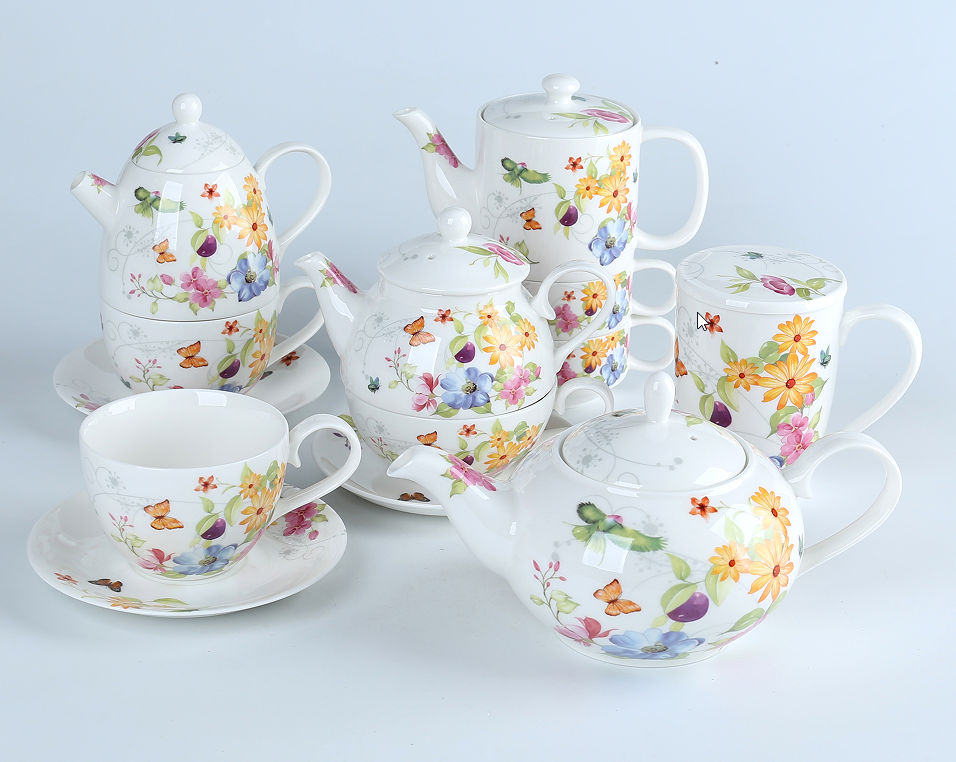

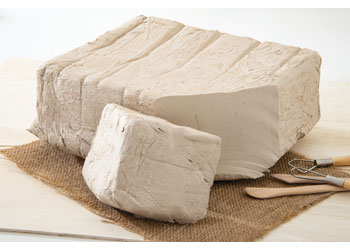
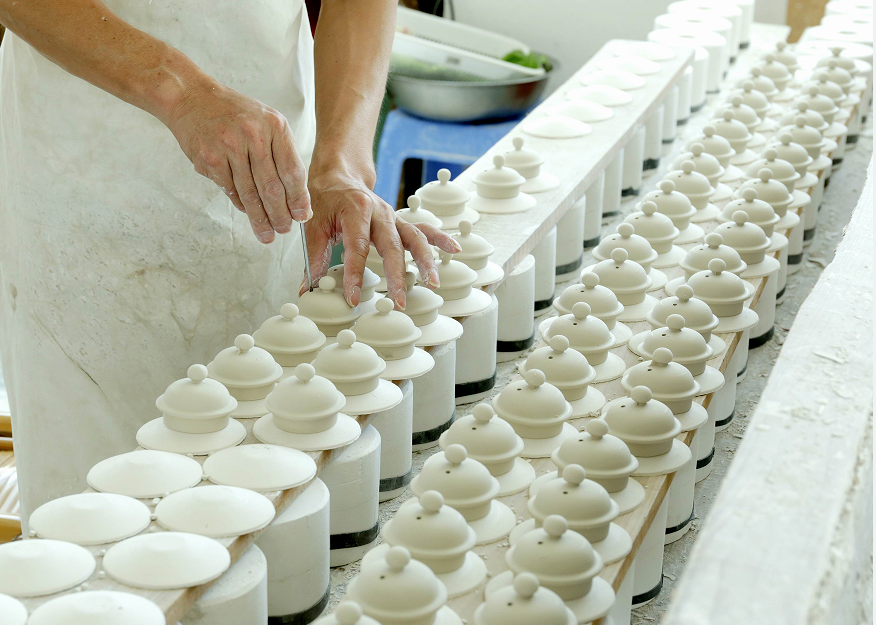
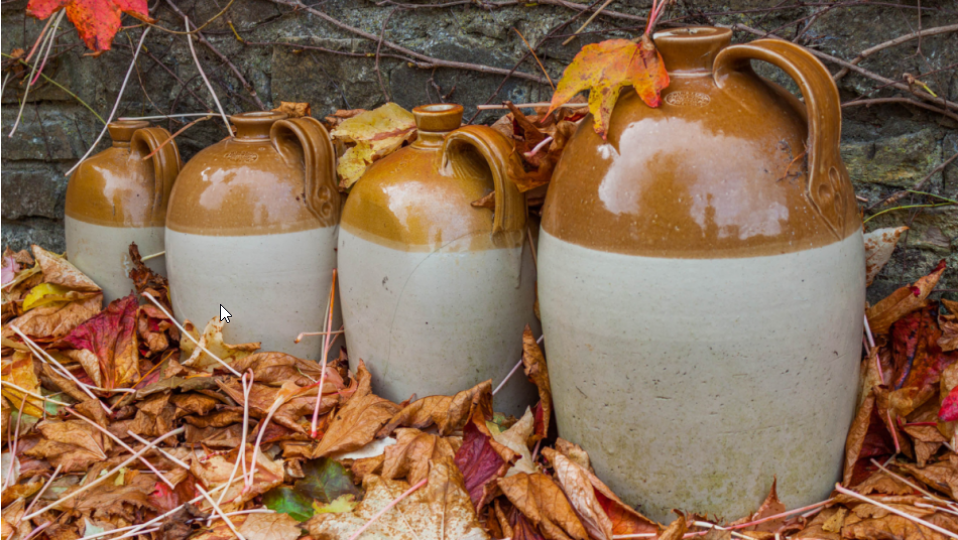
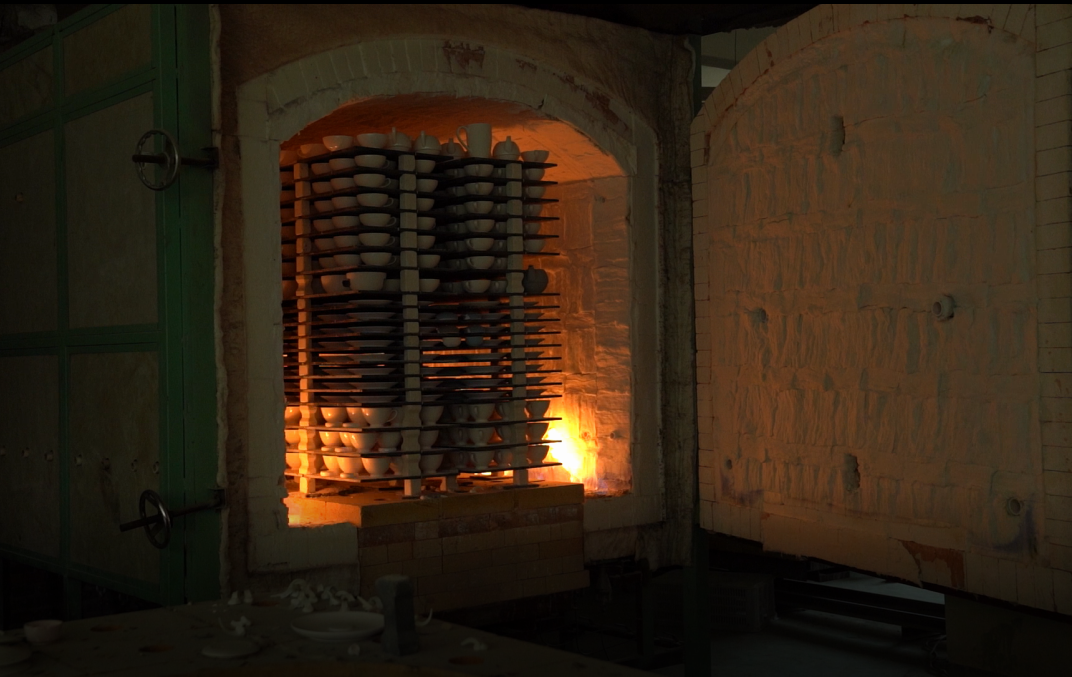
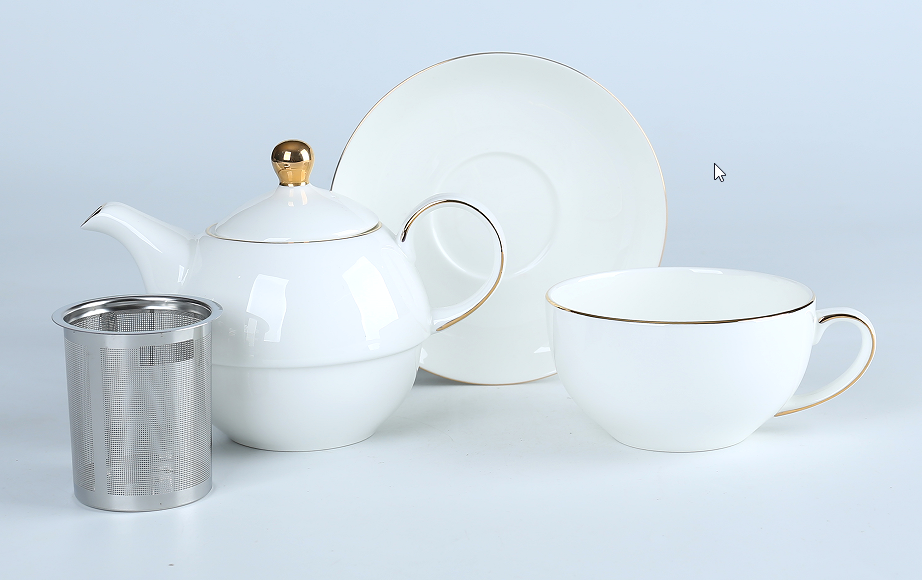

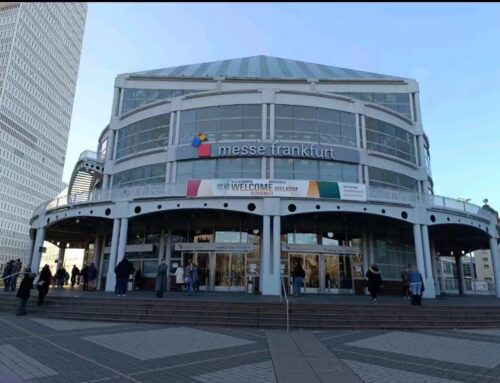
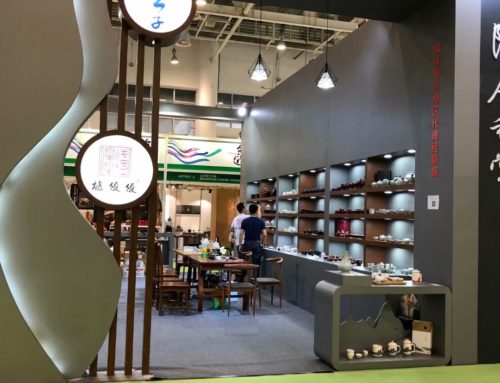
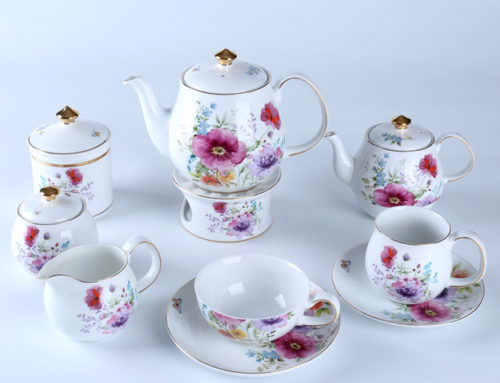
Leave A Comment
You must be logged in to post a comment.